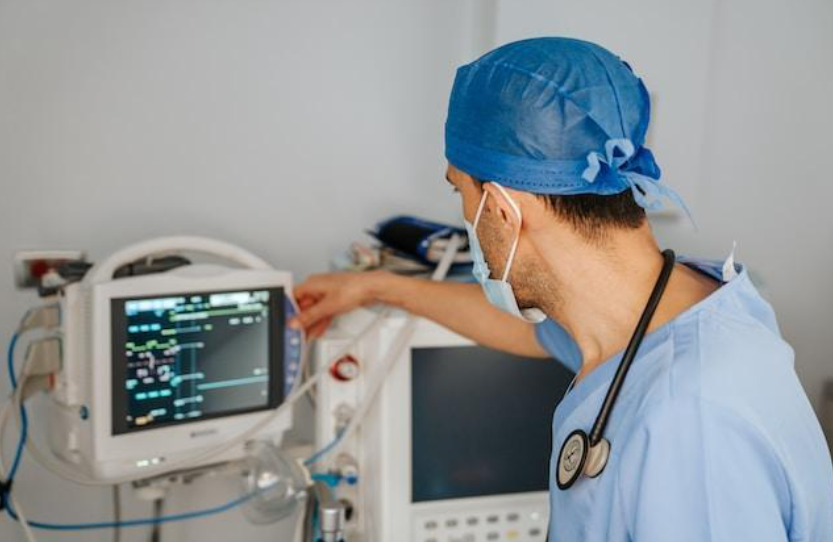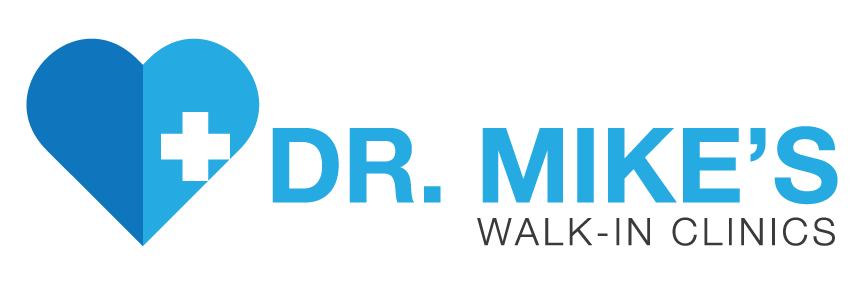Our Blog
When to Go to Urgent Care vs. When to Go to the Emergency Room

The expanding landscape of healthcare services in recent decades has given patients many options when seeking medical attention. Urgent care centers and emergency rooms provide quicker access to medical services, serving as alternatives to primary care physicians. Knowing when to choose urgent care over the emergency room is essential for informed healthcare decisions.
Read on as we explore the critical decision-making process between urgent care and emergency room visits, unraveling the intricacies of each healthcare option to empower you with the knowledge needed to make informed choices in times of medical uncertainty.
The Surge in Alternative Healthcare Options
In the past few years, we've seen a significant rise in urgent care centers across the country. They've become a go-to option for accessible and budget-friendly healthcare services. These places fill the gap between your regular primary care doctor's office and the emergency room. They're there for people dealing with urgent, but not life-threatening, health issues that need immediate attention but don't quite qualify as full-blown emergencies.
Urgent Care: Timely and Convenient
Urgent care centers are designed to promptly address various non-emergent medical issues. This includes minor injuries, common illnesses, and other medical concerns that require attention outside regular office hours. Typically staffed with physicians, nurse practitioners, and physician assistants, urgent care centers are equipped to handle X-rays, lab work, and basic diagnostic procedures.
The key advantage of urgent care lies in its accessibility and convenience. Patients can often walk in without an appointment and receive prompt attention, making it a suitable option for those who need immediate medical care but do not require the resources of an emergency room.
When to Choose Urgent Care
Head to an urgent care center for the following:
- Minor Injuries: Urgent care is an excellent choice for treating minor injuries such as sprains, strains, minor fractures, and cuts that may require stitches.
- Common Illnesses: Non-emergent illnesses like flu, colds, ear infections, and urinary tract infections can be efficiently addressed at urgent care centers.
- Diagnostic Services: Urgent care facilities can provide these promptly if you require basic diagnostic services like X-rays or lab tests.
- Convenience: For situations that need immediate attention but are not life-threatening, urgent care is more convenient and cost-effective than the emergency room.
The Emergency Room: Critical Care for Critical Situations
Emergency rooms are the go-to option for severe and life-threatening medical situations. Emergency rooms have specialized staff, advanced diagnostic tools, and a range of medical specialists designed to handle critical conditions that demand immediate attention.
When to Choose the Emergency Room
Head to a nearby emergency room if you’re experiencing the following:
- Life-Threatening Conditions: If you or someone you know is experiencing signs of a heart attack, stroke, severe allergic reaction, or any other serious, life-threatening condition, don't hesitate to head to the emergency room right away.
- Major Trauma: In the case of major trauma such as significant fractures, head injuries, or injuries resulting from accidents, the emergency room is well-equipped to provide thorough and comprehensive care.
- Chest Pain or Difficulty Breathing: Any symptoms suggesting a potential heart or respiratory issue should be promptly addressed in the emergency room.
- Sudden and Severe Pain: If you experience sudden and severe pain, especially in the abdomen, chest, or head, the emergency room is the appropriate destination for evaluation and treatment.
Understanding the Distinction: Urgent Care vs. Emergency Room
Urgent care centers and emergency rooms both aim to offer prompt medical attention, yet they vary significantly in their range of services and capabilities. It's vital to understand the nuanced differences between these two healthcare options to guarantee that you access the level of care that suits your specific needs and circumstances:
Cost Considerations
When it comes to deciding between urgent care and the emergency room, a big factor is the cost. Emergency room visits can be more expensive because they provide specialized services and a higher level of care. Conversely, urgent care centers are a more budget-friendly option for non-emergencies. If you're mindful of costs, going to urgent care might be the way to go, meeting your needs without the hefty price tag of an emergency room visit.
Wait Times
Emergency rooms often have longer wait times, as they prioritize patients based on the severity of their conditions. Urgent care centers, designed for quicker turnaround, provide a more time-efficient option for non-critical medical concerns.
Accessibility
Urgent care centers are typically more accessible, with many offering extended hours, weekend availability, and walk-in appointments. Emergency rooms, being part of hospitals, operate 24/7 but may involve longer travel times and more complex administrative processes.
Navigating the Gray Area in Healthcare
A gray area exists where the choice between urgent care and the emergency room isn't always clear-cut. Certain situations demand a nuanced evaluation, as symptoms may fall somewhere between urgency and emergency. For instance, conditions like severe abdominal pain or persistent migraines may leave individuals uncertain about the appropriate action.
When faced with such ambiguity, seeking medical advice or utilizing triage services becomes paramount. Telemedicine platforms, nurse hotlines, or online symptom checkers can help individuals assess the urgency of their symptoms and guide them toward the most suitable care option.
Primary Care vs. Urgent Care vs. Emergency Room
Ideally, healthcare decisions should be guided by a holistic understanding of the medical situation. Primary care physicians are crucial in preventive care and managing chronic conditions. Urgent care centers offer a valuable alternative for immediate but non-emergent issues, while emergency rooms are vital for critical situations that require intensive and specialized care. Routine check-ups with a primary care physician create a proactive health strategy, while urgent care and emergency rooms offer timely solutions for sudden health issues.
When choosing the right level of care for your situation and for immediate and comprehensive healthcare, trust
Dr. Mike's Walk-In Clinics. Walk-in or
contact us to schedule an appointment to address your health needs.


PHONE
FAX
877-738-3841
VISIT
12143 Navajo Rd.
Apple Valley, CA 92308
HOURS
Monday – Friday
8:30 AM – 6 PM
Saturday
10 AM – 3 PM
All Rights Reserved | DR. MIKE'S WALK-IN CLINIC · 12143 NAVAJO RD. APPLE VALLEY, CA 92308 | Privacy Policy

